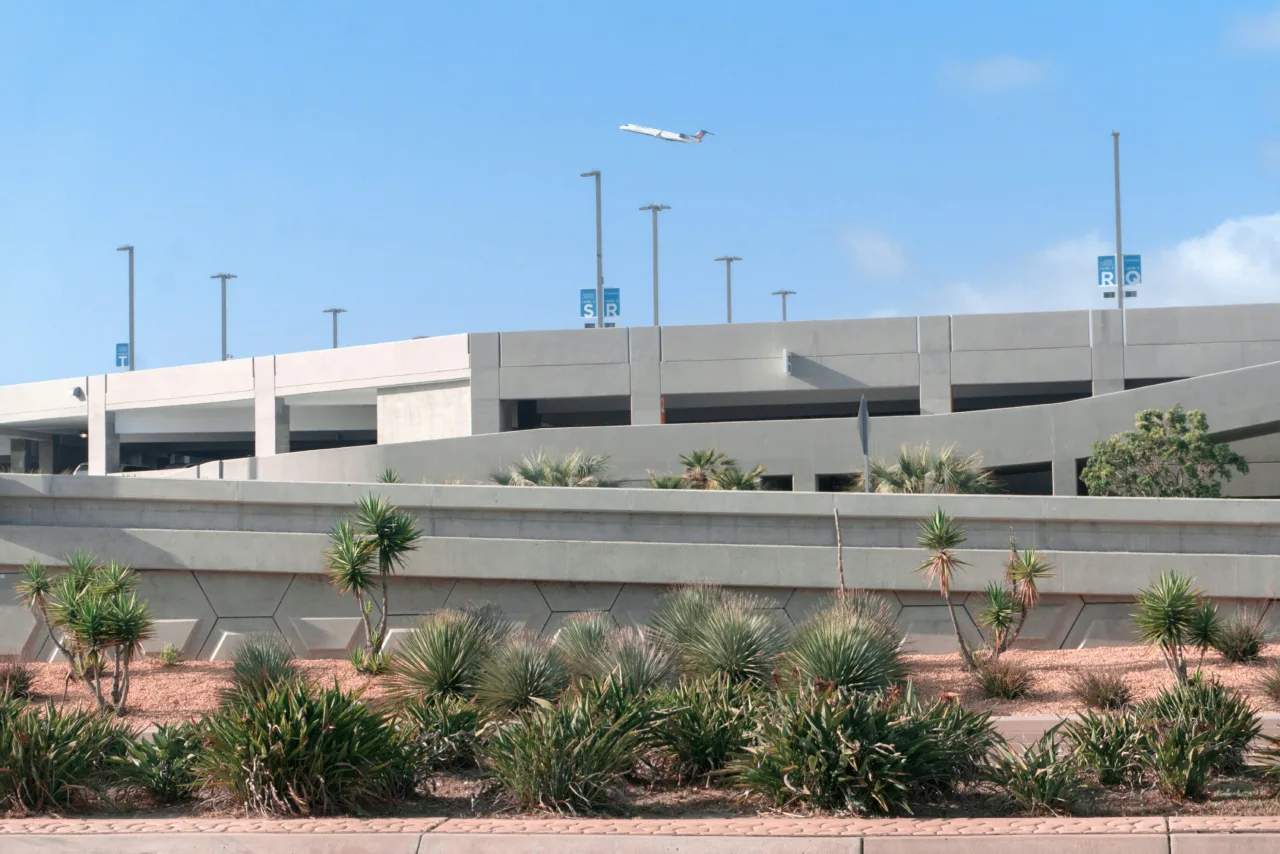
How Aviation Led Urban Growth Is Reshaping Morocco’s Real Estate Market
Over the last decade, Morocco has taken bold steps to modernize its transport infrastructure and position itself as a regional hub for trade, tourism, and investment. Among the country’s most transformative initiatives are its new and upgraded airports. These projects are not only strengthening the aviation network but also fueling a new era of aviation led urban growth Morocco, where real estate expansion closely follows improved air connectivity and international accessibility.
The Airport Revolution Underway
Morocco’s aviation sector is in the midst of a historic transformation. Major expansions at Mohammed V International Airport in Casablanca, Ibn Battuta Airport in Tangier, and Al Massira Airport in Agadir are redefining mobility and access across the country. Modernization projects are also planned for regional airports such as Ouarzazate and Fes-Saïss, aligning with the government’s Vision 2030 development agenda.
This aviation strategy aims to make Morocco a strategic air bridge linking Europe, Africa, and the Middle East. Its ripple effects reach far beyond travel convenience, reshaping cities, stimulating local economies, and driving real estate activity. This dynamic represents the essence of aviation led urban growth Morocco, where airports serve as anchors for new urban districts and magnets for long-term investment.
From Runways to Real Estate Hubs
The expansion of airport infrastructure has unlocked new property markets across the country. Land that once sat idle is being transformed into residential, commercial, and logistics hubs. As passenger and cargo traffic increase, the demand for hotels, offices, and housing around these transport corridors is surging a defining feature of aviation led urban growth Morocco.
In Tangier, the airport’s upgrade coincides with rising demand for logistics parks and high-end residential neighborhoods catering to multinational companies in the Tangier Med industrial zone. In Agadir, developers are designing mixed-use projects that appeal to both tourists and business travelers. These examples highlight how airports are not just transport facilities but pivotal catalysts in Morocco’s evolving real estate landscape.
Economic Decentralization and Regional Balance
Historically, Morocco’s economic and real estate activity has been concentrated around Casablanca and Rabat. However, the growth of aviation infrastructure is shifting this balance. By improving connectivity in mid-sized cities such as Fes, Oujda, and Laayoune, the country is broadening its development footprint.
This trend reinforces aviation led urban growth Morocco as a national strategy for decentralization. It fosters economic inclusion, reduces urban migration pressures, and creates new investment opportunities in regions that were previously underserved. The result is a more balanced and resilient urban network that connects people, commerce, and innovation across diverse geographies.
Tourism and the Hospitality Opportunity
Tourism remains one of Morocco’s strongest growth engines, contributing over 7% to national GDP. The modernization of airports has dramatically improved access to coastal and desert destinations, encouraging more international visitors. As tourism numbers climb, so does the need for hotels, resorts, and short-term rental properties close to these upgraded airports.
Developers in Marrakesh and Agadir are increasingly focusing on hospitality investments within 20 kilometers of airports a clear example of how aviation led urban growth Morocco stimulates tourism-oriented real estate. This alignment between transport and tourism supports the government’s goal of doubling annual visitor arrivals by 2030 and attracting sustained foreign investment.
Infrastructure Integration and Smart Planning
Sustained aviation led urban growth Morocco depends on more than just new terminals and runways. It requires coordinated infrastructure that supports long-term urban planning. Ongoing investments in expressways, light rail systems, and renewable energy ensure that airport-adjacent zones evolve into smart, sustainable districts that blend mobility with modern living.
Future developments may include solar-powered business parks, AI-driven logistics centers, and eco-friendly residential communities. This integration of technology and sustainability showcases Morocco’s commitment to innovation and sets a new benchmark for urban development in North Africa.
Investor Insights and Long-Term Potential
For investors, aviation led urban growth Morocco represents a compelling opportunity. Properties near airports consistently experience faster appreciation due to their accessibility and commercial value. Morocco’s government, through supportive policies and public-private partnerships, continues to create a favorable investment climate for both domestic and international stakeholders.
Whether through direct property acquisitions, development partnerships, or real estate funds, investors are finding strong potential returns in zones linked to major aviation infrastructure. As expansion projects continue, new urban districts are emerging modern, connected, and globally competitive underscoring the long-term promise of aviation led urban growth Morocco.
The transformation of Morocco’s airport network goes far beyond improving travel efficiency. It is actively reshaping the nation’s cities, economies, and real estate markets. Each new runway, terminal, or logistics hub strengthens the foundation of aviation led urban growth Morocco, creating a model of sustainable urban expansion driven by infrastructure and connectivity.
For investors and developers, the message is clear: the future of Morocco’s property market is being built around the skies. From tourism and logistics to housing and technology, opportunities are rising across the nation.
Stay ahead of Morocco’s real estate transformation. Discover expert insights, market analysis, and exclusive property opportunities shaped by aviation led urban growth Morocco at OrchidIsland.immo your trusted source for informed real estate investment in the country’s most dynamic and rapidly growing regions.



Leave a Reply